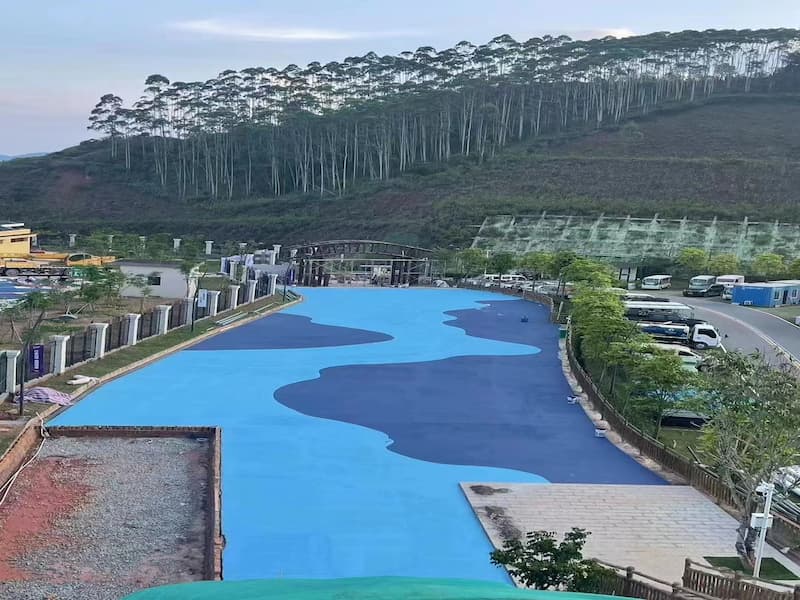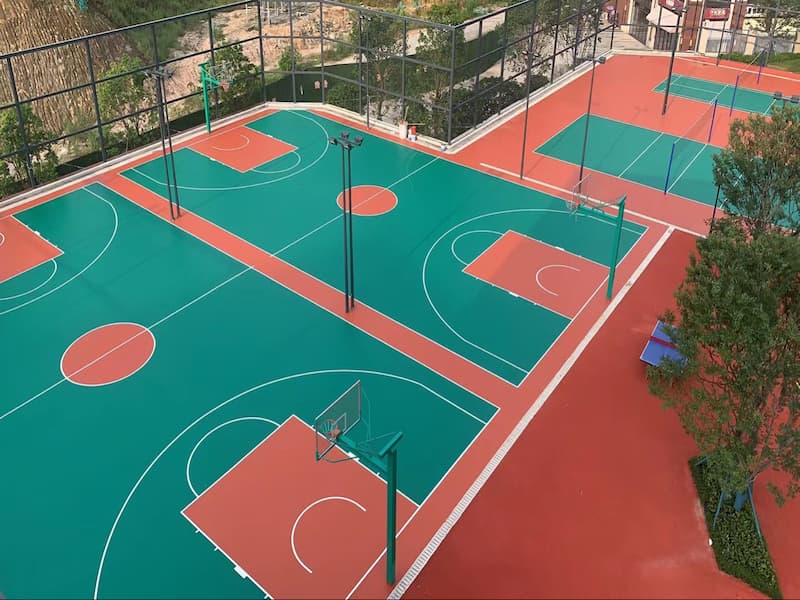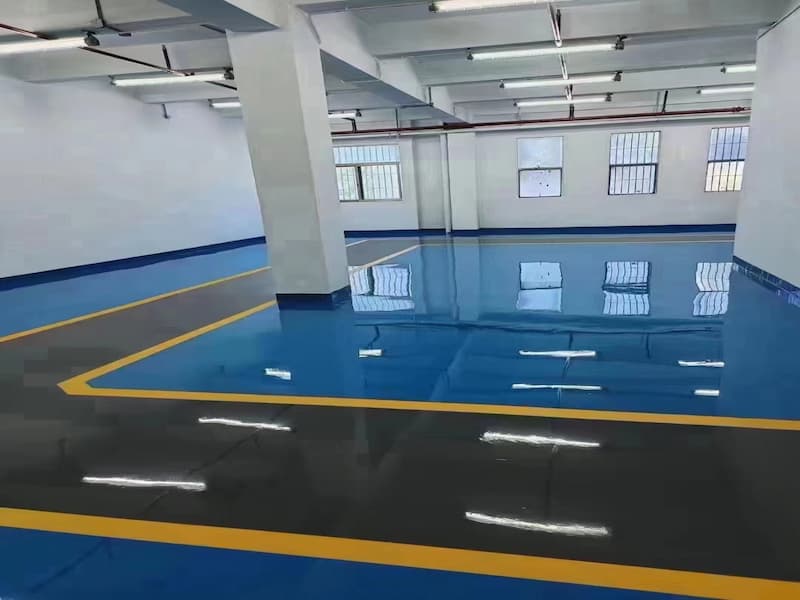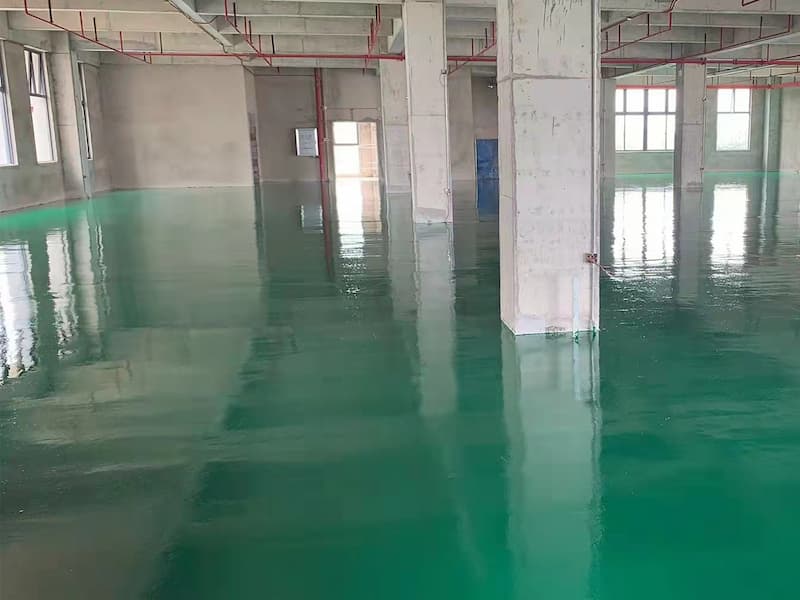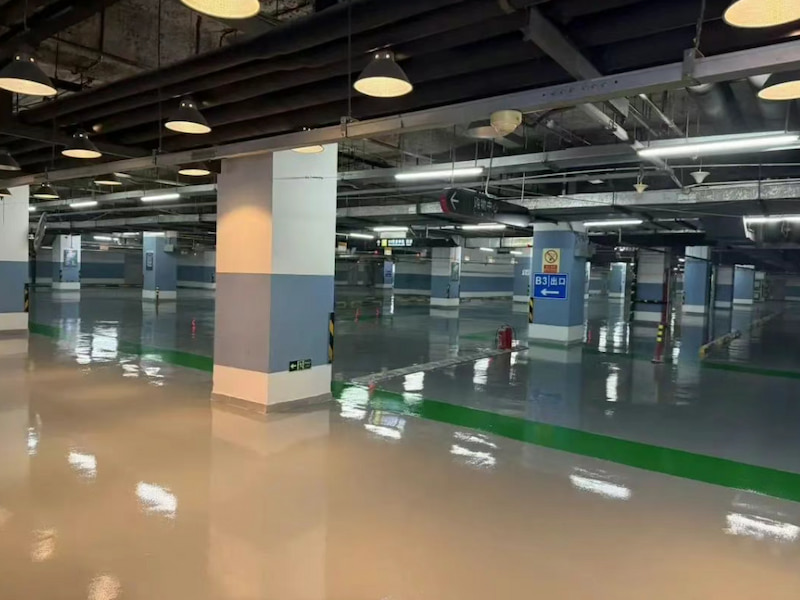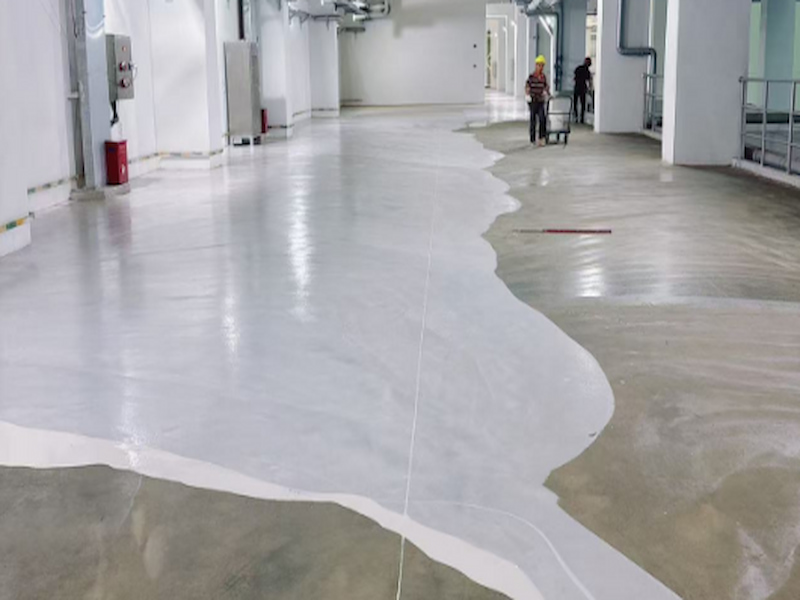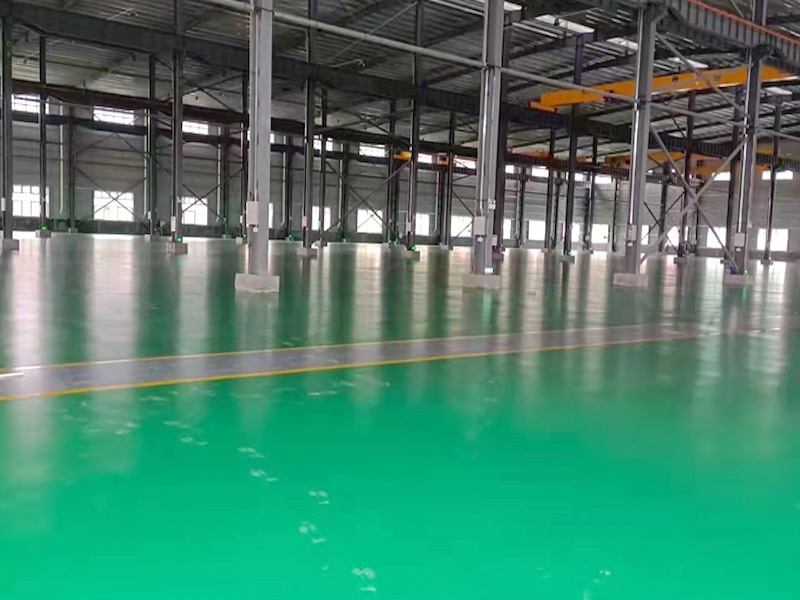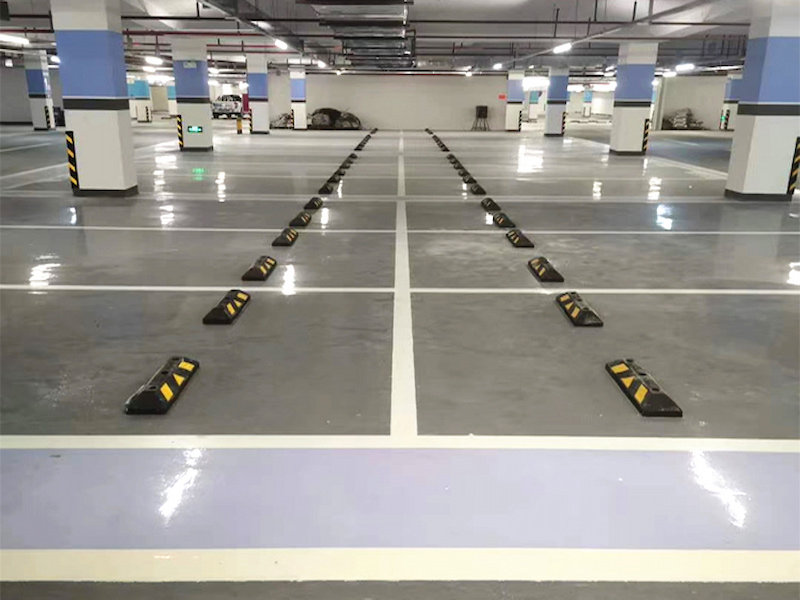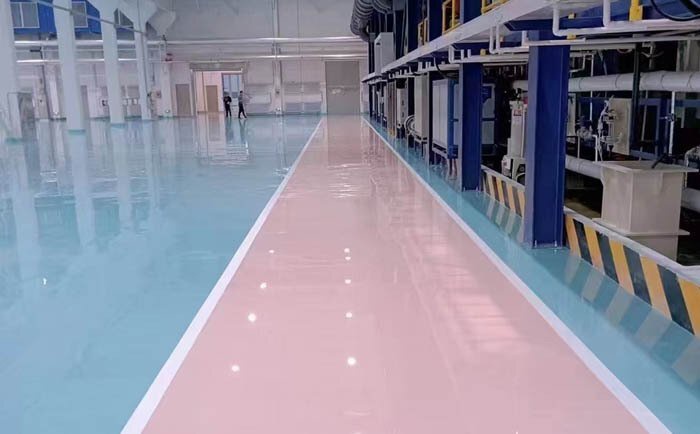Water-based nano outdoor floor paint - the perfect combination of environmental protection and durability
Apr 15, 2025
Introduction: New era demand for outdoor floor
With the acceleration of urbanization and the improvement of environmental awareness, the choice of outdoor floor materials is no longer limited to traditional cement or solvent-based coatings. Water-based nano outdoor floor paint is becoming the first choice for municipal engineering, commercial plazas, villa courtyards and other scenes due to its environmental protection, weather resistance and functionality. This article will deeply analyze the core advantages and application value of this innovative material.
1. Water-based nanotechnology: a revolution in environmental performance
1. Zero VOC emissions, green and safe
Traditional solvent-based floor paint contains a large amount of volatile organic compounds (VOC), which has a pungent smell during construction and releases harmful gases for a long time. Water-based nano floor paint uses water as a dispersion medium, and the VOC content is close to zero, which meets international environmental standards (such as EU REACH and China Ten Ring Certification) to protect the health of construction workers and users.
2. Support of nanomaterials
Through the composite modification of nano-silicon dioxide, nano-zinc oxide and other materials, the paint film forms a dense mesh structure, which not only improves the anti-ultraviolet ability by more than 3 times, but also effectively inhibits the growth of algae and mold, and prolongs the service life of the floor.
2. Performance advantages: breakthroughs beyond traditional materials
1. Extreme climate adaptability
High temperature resistance and freeze-thaw resistance: no cracking or powdering in an environment of -30℃ to 80℃, suitable for severe cold in the north and high temperature in the south.
Anti-ultraviolet aging: Nanoparticles reflect ultraviolet rays, and the color retention rate is as high as 90% within 5 years, avoiding the disadvantages of traditional coatings fading and whitening.
2. Self-cleaning and wear resistance
Lotus leaf effect: The hydrophobic angle of the paint surface is greater than 110°, and rainwater can take away surface dust, reducing cleaning and maintenance costs.
High mechanical strength: wear resistance coefficient ≥0.6 (national standard is 0.4), can withstand frequent vehicle rolling, and is extremely suitable for parking lots and logistics parks.
3. Construction convenience and scene application
1. Simplify the construction process
Water-based nano floor paint supports a variety of processes such as rolling and spraying. It can be put into use in 24 hours at room temperature after 4-8 hours of surface drying, and can be put into use in 24 hours, shortening the construction period by 50%. The base treatment requirements are low, and the renovation of the old floor does not need to be completely removed, saving costs.
2. Multi-scenario application cases
Municipal trails: The anti-slip coefficient reaches R10 level, and the anti-slip performance on rainy days is excellent.
Sports venues: The elastic coating can be customized in thickness and is suitable for tennis courts and basketball courts.
Roof gardens: The root puncture resistance protects the building structure and extends the life of the waterproof layer.
4. Future trends: intelligence and functional integration
The industry is exploring the integration of photocatalytic nanomaterials (such as titanium dioxide) into floor paint to achieve air purification functions; at the same time, smart floor technologies such as temperature-sensitive color-changing coatings and conductive pavements are also in the trial stage, and may become an important part of smart cities in the future.
Read More
